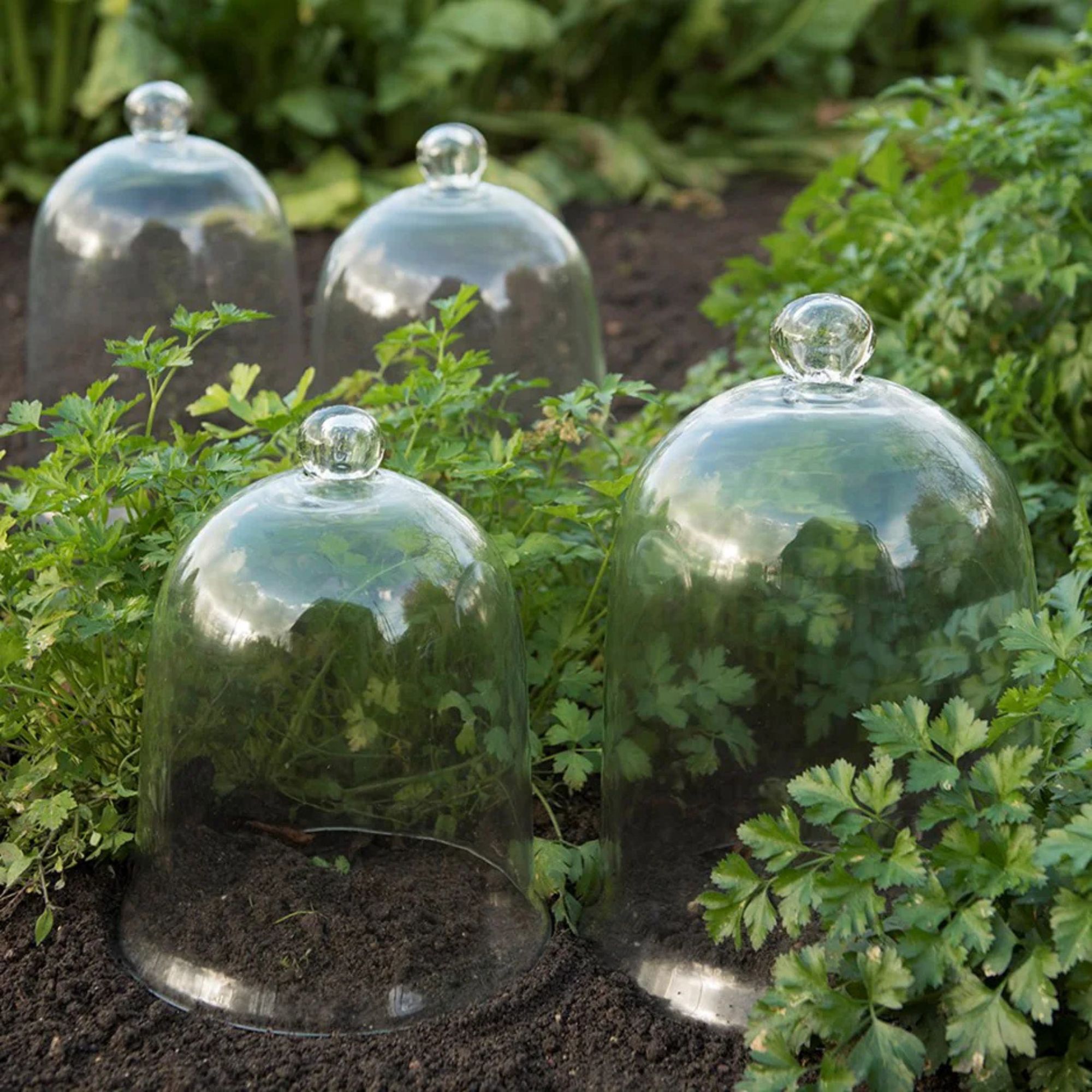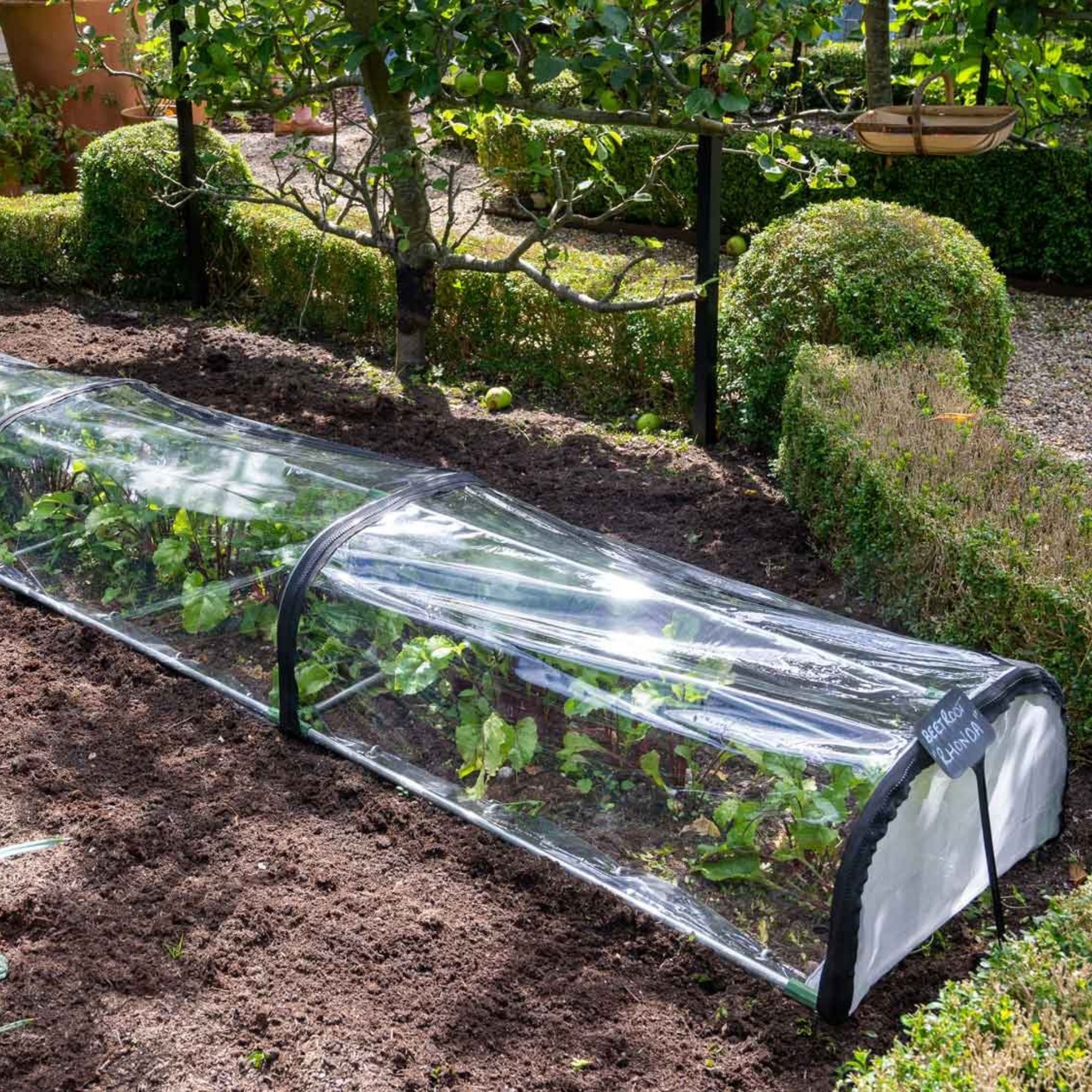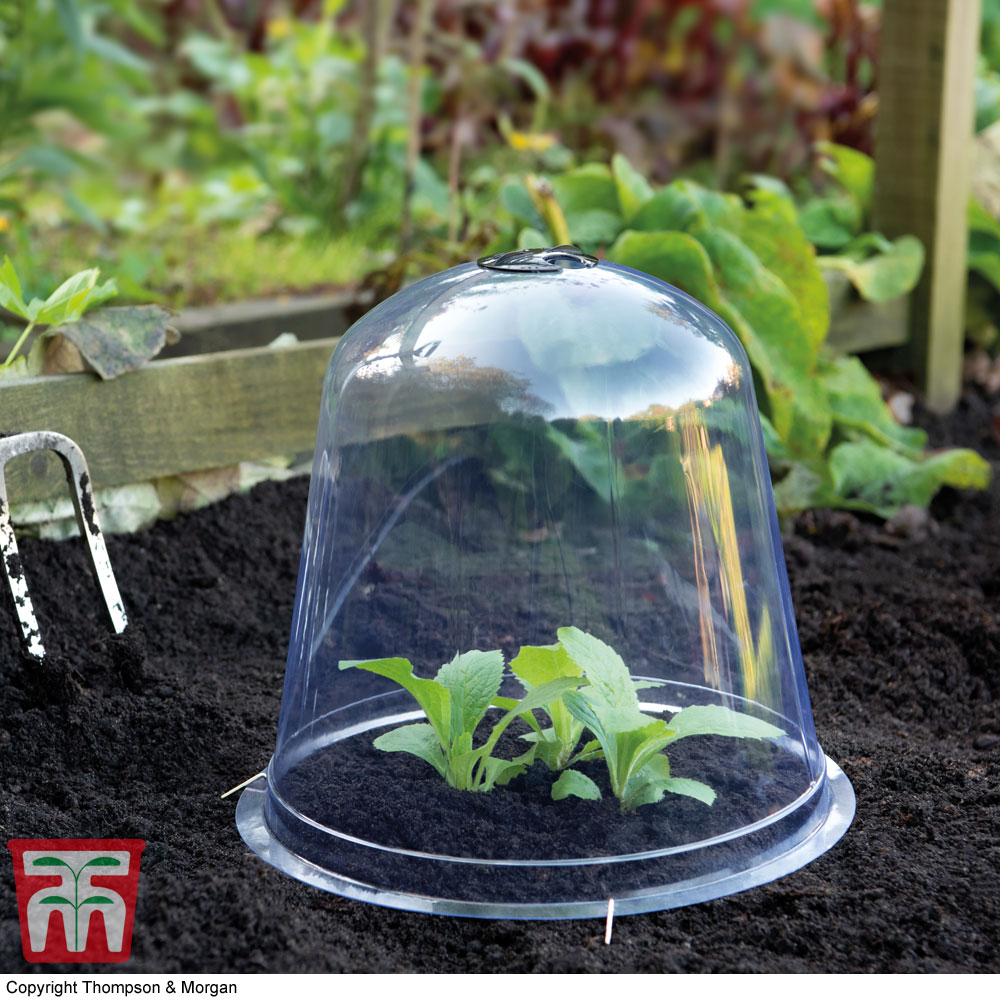What to use instead of a cloche in a garden – 5 smart alternatives to protect your plants over winter
Our favourite swaps, including the best DIY cloche ideas
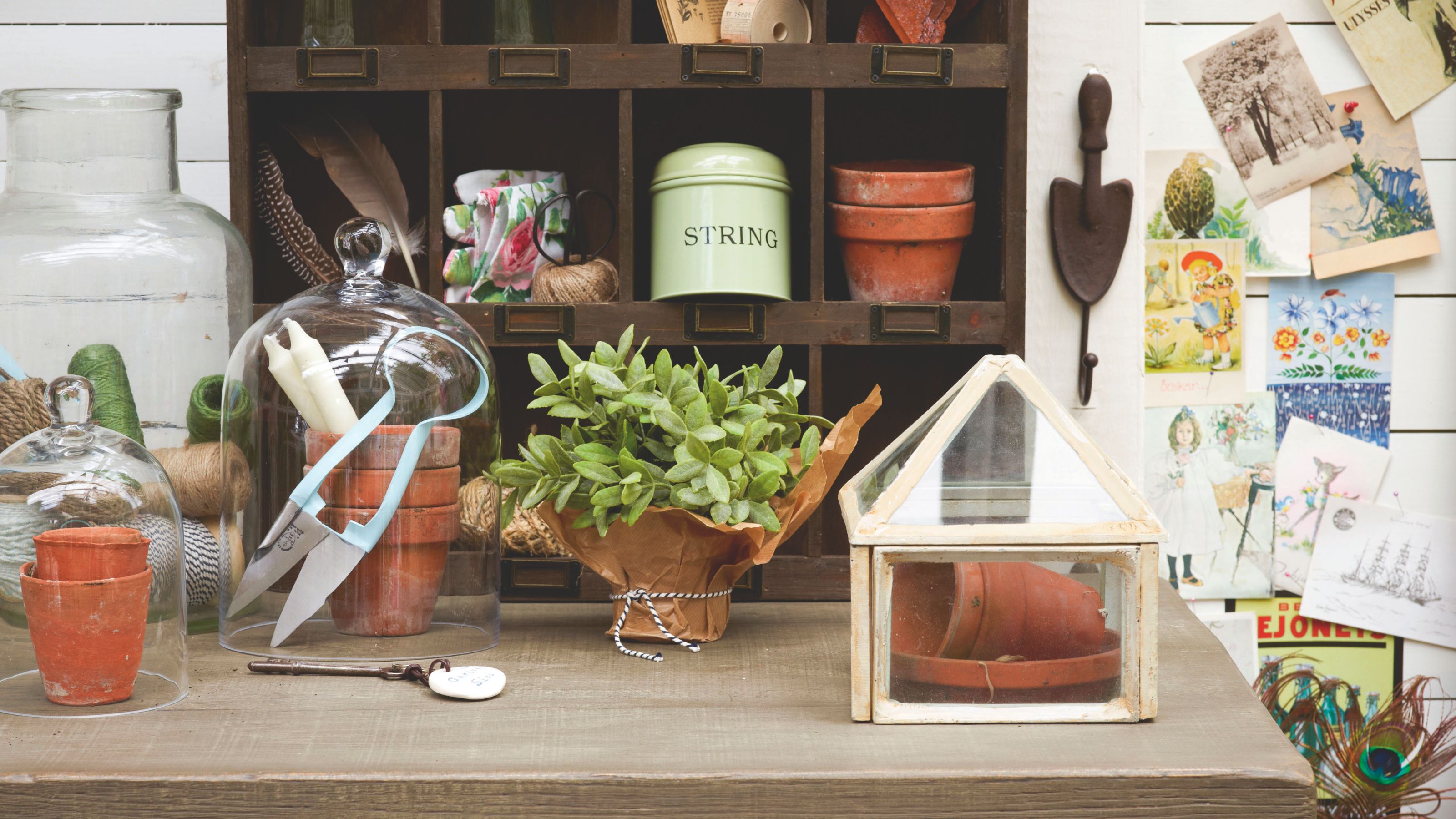

Wondering what to use instead of a cloche in a garden? If you don't already have these helpful plant covers, there are plenty of ways you can rustle up a makeshift cloche at home.
Traditionally, cloches are bell-shaped glass covers that protect plants from cold weather, guard against pests, and warm the soil ahead of spring. But nowadays, you'll see plastic and netted versions on the shelves in all shapes and sizes.
Either way, cloches are among the best plant covers out there, and they play a key role in protecting plants from frost at this time of year.
If you're looking for DIY cloche ideas, you've come to the right place – we've asked garden experts what to use instead of a cloche in a garden and compiled our favourite alternatives into this list.
1. Recycled plastic bottles
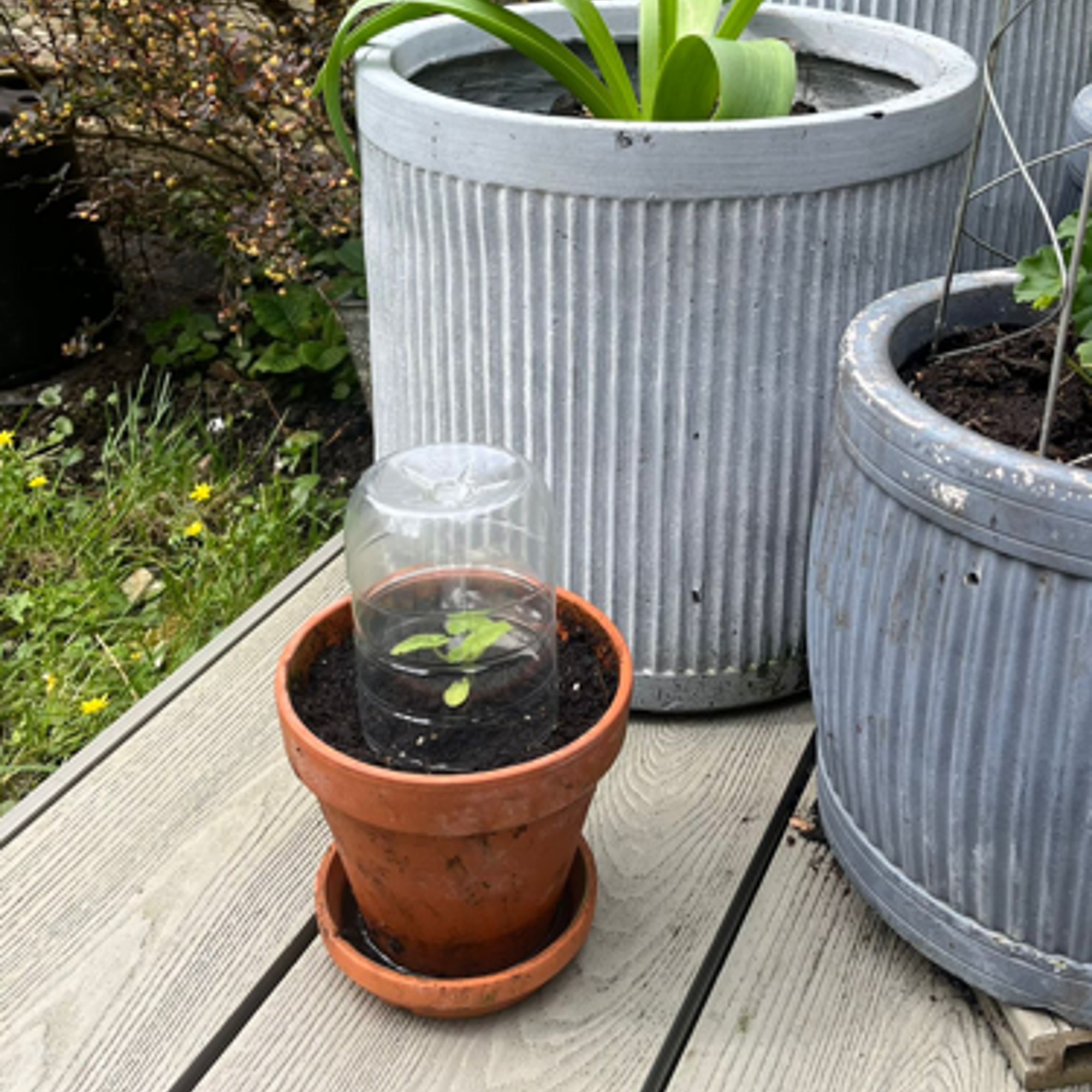
If you've spotted plastic bottles peeping out of your neighbour's vegetable patch, they've probably already cottoned onto one of the most popular DIY cloche ideas.
Plastic bottles make fantastic cloches with a bit of upcycling know-how.
'With the bottom cut off, plastic bottles can be placed over plants for frost protection,' says Josh Novell, garden plants expert and director of Polhill Garden Centre.
Sign up to our newsletter for style inspiration, real homes, project and garden advice and shopping know-how
The only drawback is that condensation can quickly build up inside the bottle, so this should be more of a temporary solution than a permanent fixture over the winter. You'll also need to ensure the makeshift cloche is firmly rooted in the ground to keep it from moving in heavy winds.
'You can reuse old plastic bottles like milk or squash bottles and turn them into cloches,' says Morris Hankinson, founder of Hopes Grove Nurseries. 'Just make sure they have sufficient ventilation – you may need to cut a small flap at the base.'

Morris Hankinson is the founder and managing director of Hopes Grove Nurseries Ltd, the UK’s only specialist grower-retailer of hedging plants. He established the thriving business in 1992, shortly after graduating with a Commercial Horticulture Degree from Writtle College, Essex.
2. Glass
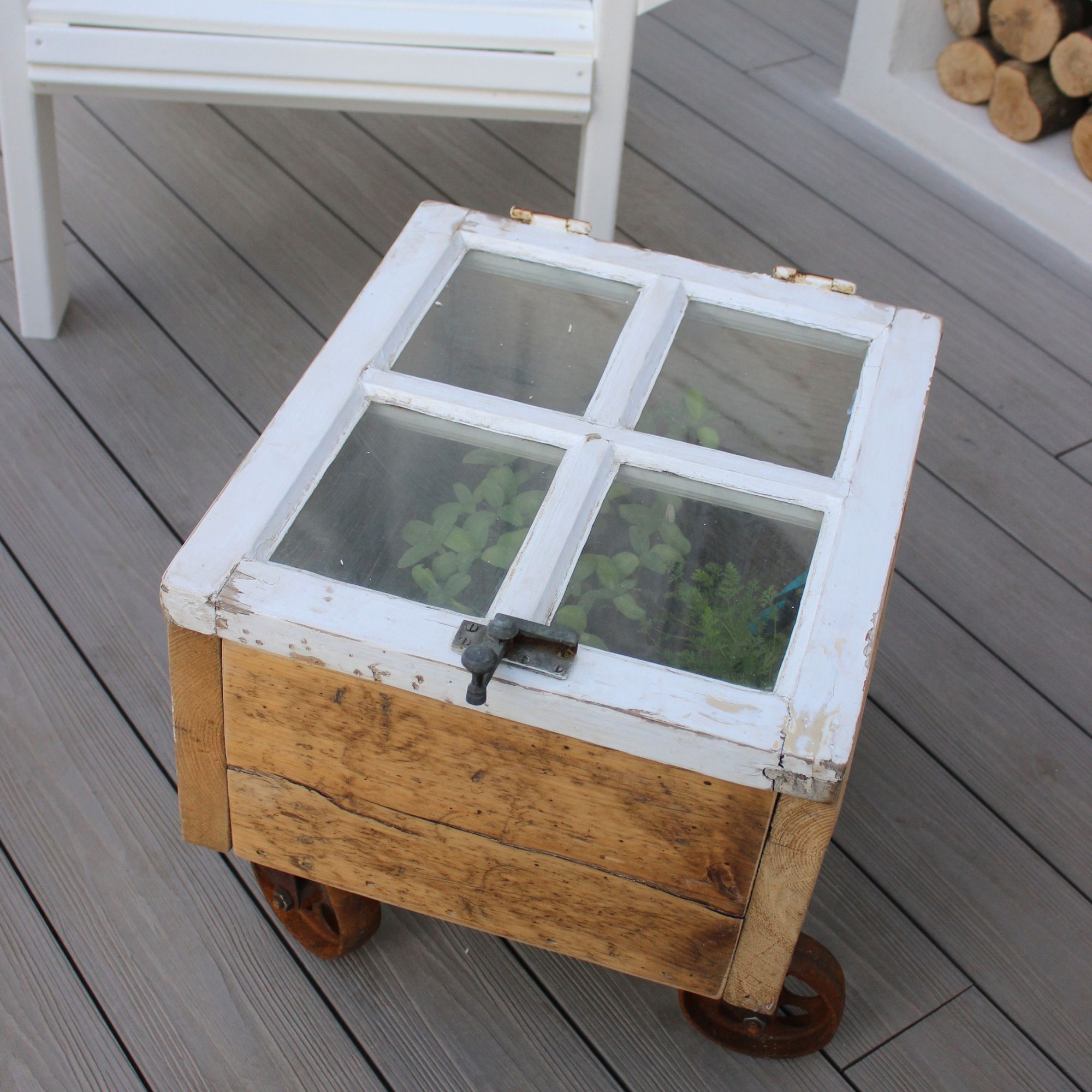
If you're up for a DIY project, you can turn glass panes into a makeshift cloche or cold frame to protect your plants – and there are plenty of ways to use a cold frame in the garden.
Pulling together a structure like the one above with a spare window frame or dresser door is a brilliant way to upcycle and create a sturdy cloche. Consider adding wheels for a cold frame structure you can move around the garden.
If you don't have the materials, you could look at transforming smaller glass items into cloches.
'Glass jars can be used similarly to plastic bottles,' says Josh.
3. Cardboard
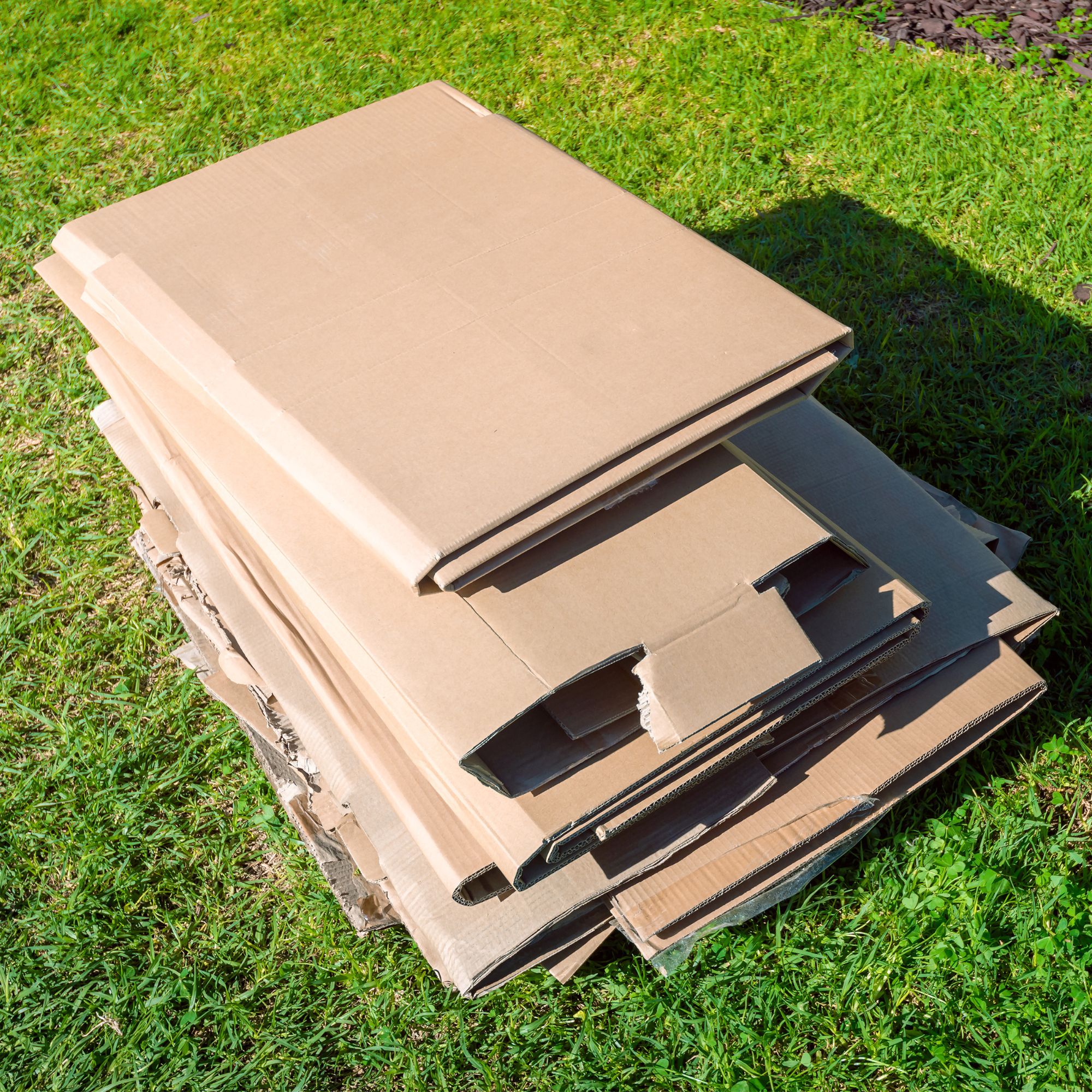
When you're deciding what to use instead of a cloche in a garden, cardboard might not seem like an obvious choice – but according to Josh, it's brilliant at providing plants with frost protection.
'Cardboard boxes can cover larger plants like shrubs and small trees,' he says.
You won't be able to use cardboard as a cloche in the traditional sense for some plants, though – typically, a cloche covers the whole plant, and since certain hedges and trees still need sunlight during the winter months, you'll want to avoid completely blocking out the light.
'It’s important to ensure the plants still get plenty of sunlight and air so, depending on which material you use, and if the daytime temperatures are high enough, you may need to remove your cloche alternative during the day and put it back before night,' Morris explains.
Still, wrapping pots in cardboard is a great way to keep the roots insulated. You could even cover raised beds in winter with cardboard to keep the chill off the soil.
4. DIY cloche hoops
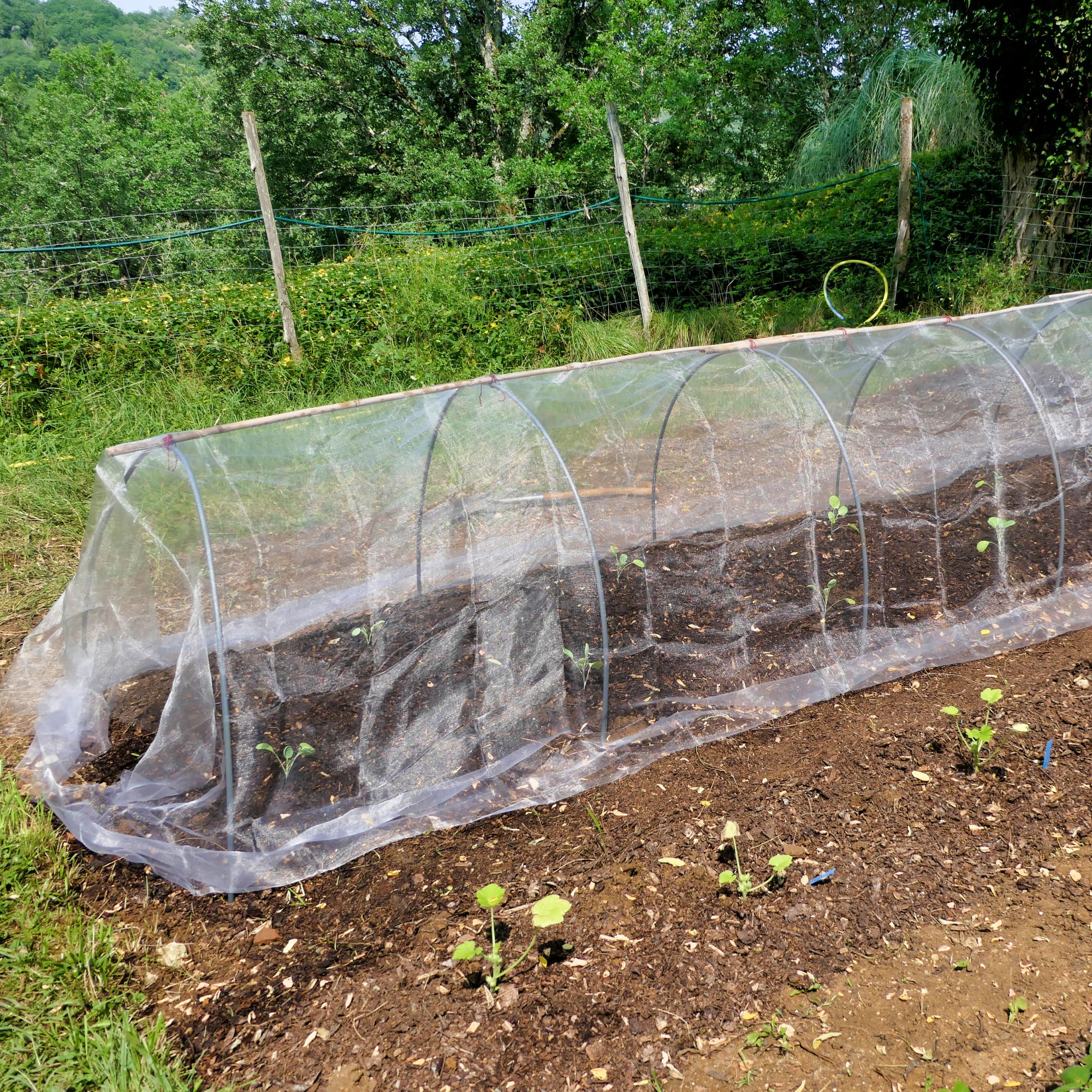
For rows on a vegetable patch or garden border, cloche hoops are great at providing coverage against the elements and insulating the soil – and with a few materials you'll find around the house and some horticultural fleece from Amazon, you can make your own from scratch.
First, you'll need to figure out what to use for the cloche hoops (the structures that hold up the fleece).
'For a DIY approach, PVC pipe is a lightweight and affordable option,' suggests Josh. 'Or, make use of old wire coat hangers, which can be bent into hoop shapes.'
Then, cover the structure with horticultural fleece and anchor it firmly into the ground on either side of the hoops with some weed membrane pegs from Amazon.
5. Fleece covers
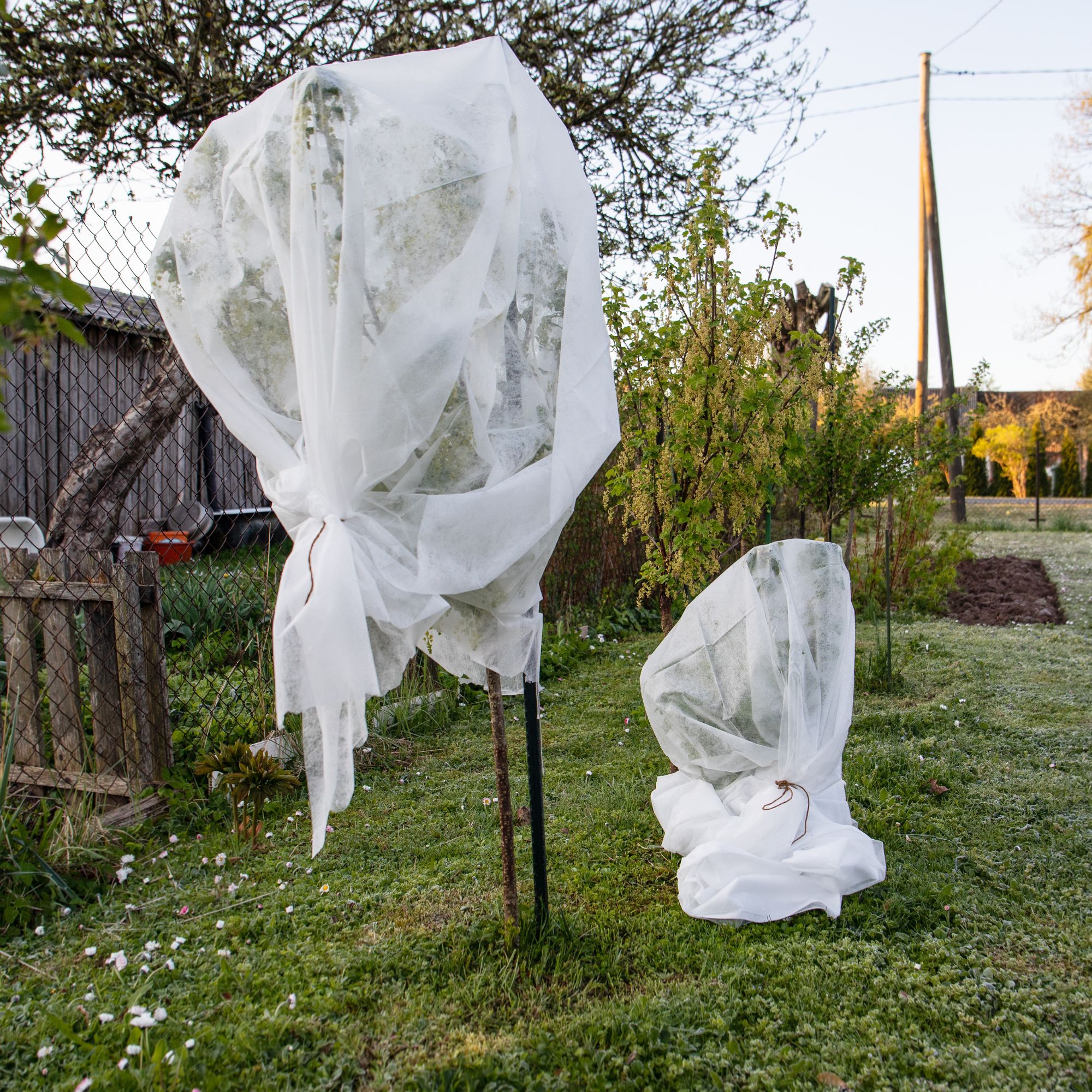
If you have the budget to spend a little on frost protection, fleece covers are an excellent alternative to cloches. They're also great at protecting larger shrubs that a cloche just won't cover.
'If I can’t bring plants inside, I wrap them to provide protection from hard frosts,' says gardening expert and author Sarah Raven. 'Garden fleece covers or tunnels make a great alternative to cloches, which can be expensive.
'Fleeces can be wrapped around pots and placed over beds to protect tender plants, shrubs, and early potatoes, offering frost protection down to minus six degrees, harsh weather, and pests. Plus, they can be washed in warm soapy water, ready to be stored away once spring comes the following year.'
Where to buy cloches
If you'd prefer to buy a pre-built cloche, these are our top picks.
FAQs
Can I use a mason jar as a cloche?
We've already spoken about glass as a brilliant cloche material, but do mason jars fit the bill?
'In terms of size and style, mason jars are the ideal alternative to glass bell jar cloches,' says Morris from Hopes Grove Nurseries. 'They allow a great amount of sunlight and can protect individual plants over the winter.
You'll just need to watch out for one small drawback.
'What mason jars lack is ventilation,' explains Morris. 'Many cloches will have some kind of vent to allow airflow, whereas mason jars don't have this. This doesn't mean you can't use them – it just means you need to place them down onto some kind of uneven surface (e.g. stones or gravel) to create small pockets of air.'
Do cloches protect from slugs?
Cloches are often tagged as barriers against pests, but just how effective are they at keeping slugs out?
Well, they certainly can keep slugs at bay naturally – but only if they're set up properly.
'As they are open at the base and there are some gaps for ventilation, some small pests, including slugs, can still get through,' says Morris.
'If you want to protect your cloche-covered plants from slugs, you could pair the cloche up with another deterrent such as eggshells or coffee grounds!'
If you're wondering what to use instead of a cloche in a garden, there are plenty of simple alternatives. Which of these DIY cloche ideas will you be trying?

Sophie joined the Ideal Home team as Gardens Editor in June 2024. After studying English at Royal Holloway, University of London, she began writing for Grow Your Own, which spurred on her love of gardening. She's tried growing almost every vegetable under the sun, and has a soft spot for roses and dinnerplate dahlias.
As Gardens Editor, Sophie's always on the lookout for the latest garden trend. She loves sharing growing hacks for every space, from herbaceous borders to balconies.
